As part of our ongoing commitment to evaluating the compatibility of our trolling motors with lithium batteries, we conducted extensive testing to compare the performance of AGM and LiFePO4 batteries. Below, we summarize key findings, highlighting the advantages and considerations when using lithium batteries.
Key Findings from Testing
Voltage Performance
One of the most significant benefits of using lithium batteries is their ability to maintain a higher voltage over time. As shown in the voltage graph, lithium (LiFePO4) sustains a more stable voltage compared to AGM, which experiences a steady decline until it runs out of power. This results in better overall efficiency, longer sustained power, and can result in improved performance for trolling motors throughout a day on the water.

Temperature Considerations
However, the extended high voltage output comes with a trade-off—temperature rise. Our testing indicates that, under constant load, lithium-powered motors exhibit a continuous increase in temperature over a day on the water, mostly when motors are operated within the top throttle range. In contrast, AGM-powered motors experience a gradual temperature drop due to voltage reduction over time.

Compatibility and Usage Recommendations
Based on our data, we confidently support the use of lithium batteries across all our trolling motor models. However, special precautions should be taken for the 55lb, 62lb, and 86lb thrust motors, particularly under high current draw scenarios.
-
Safe Current Draw: Operating under 40A is safe for all models. However, when exceeding 40A for prolonged periods, temperatures may reach levels that could impact performance and longevity.
-
Full Throttle Usage: The 55, 62, and 86lb thrust motors reach the critical temperature threshold only at full throttle. We strongly recommend limiting full-speed operation to short bursts of under 5 minutes to prevent overheating.
Final Thoughts
Lithium batteries provide superior voltage stability, increased efficiency, and extended runtime, making them a compelling choice for trolling motors. However, responsible usage is key to ensuring longevity and safety. By following our recommended guidelines, anglers can enjoy the benefits of lithium power while avoiding potential overheating issues.
For any questions or further clarification on your specific setup, feel free to reach out to our support team.
Contact us at support@newportvessels.com
Power your water. Your Way.

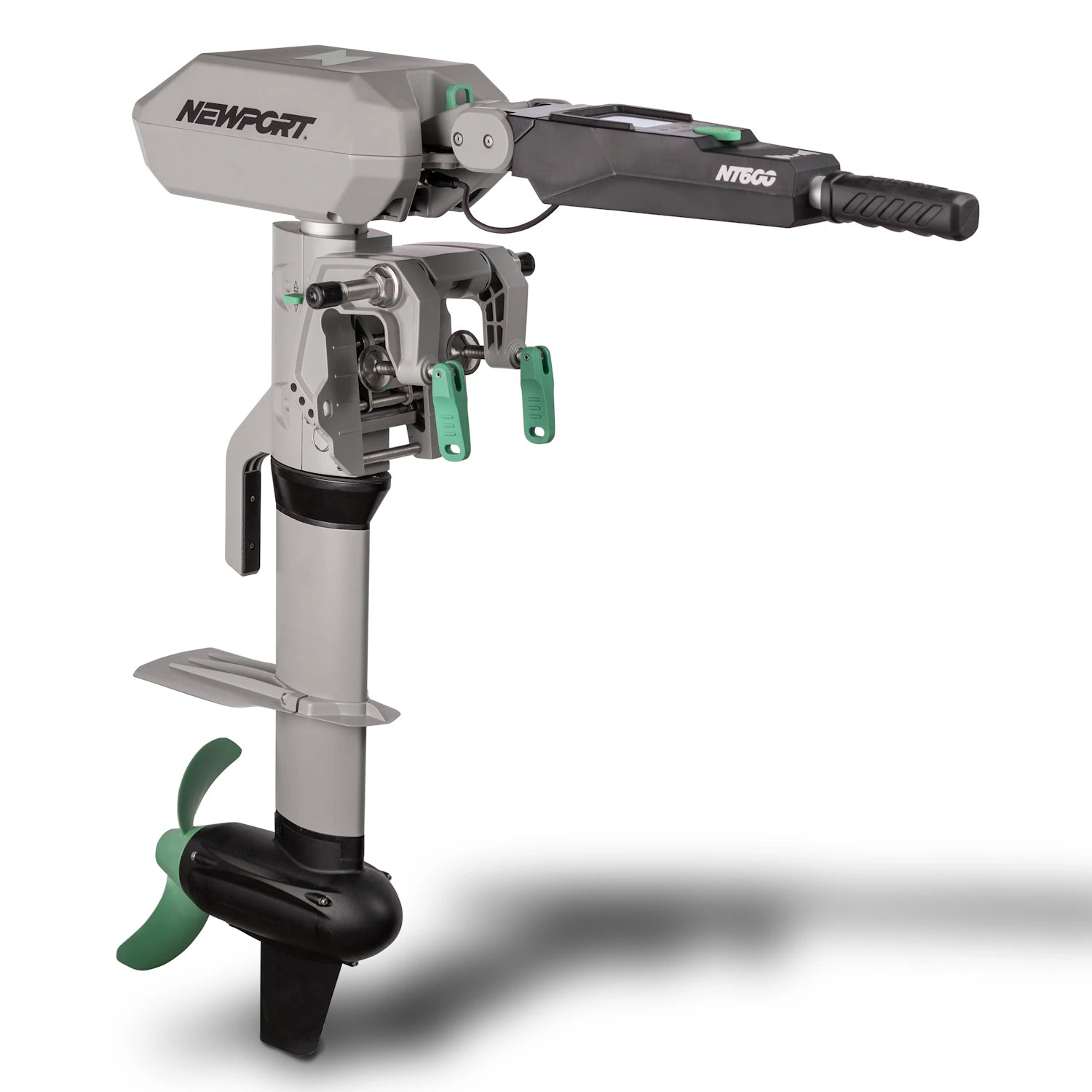
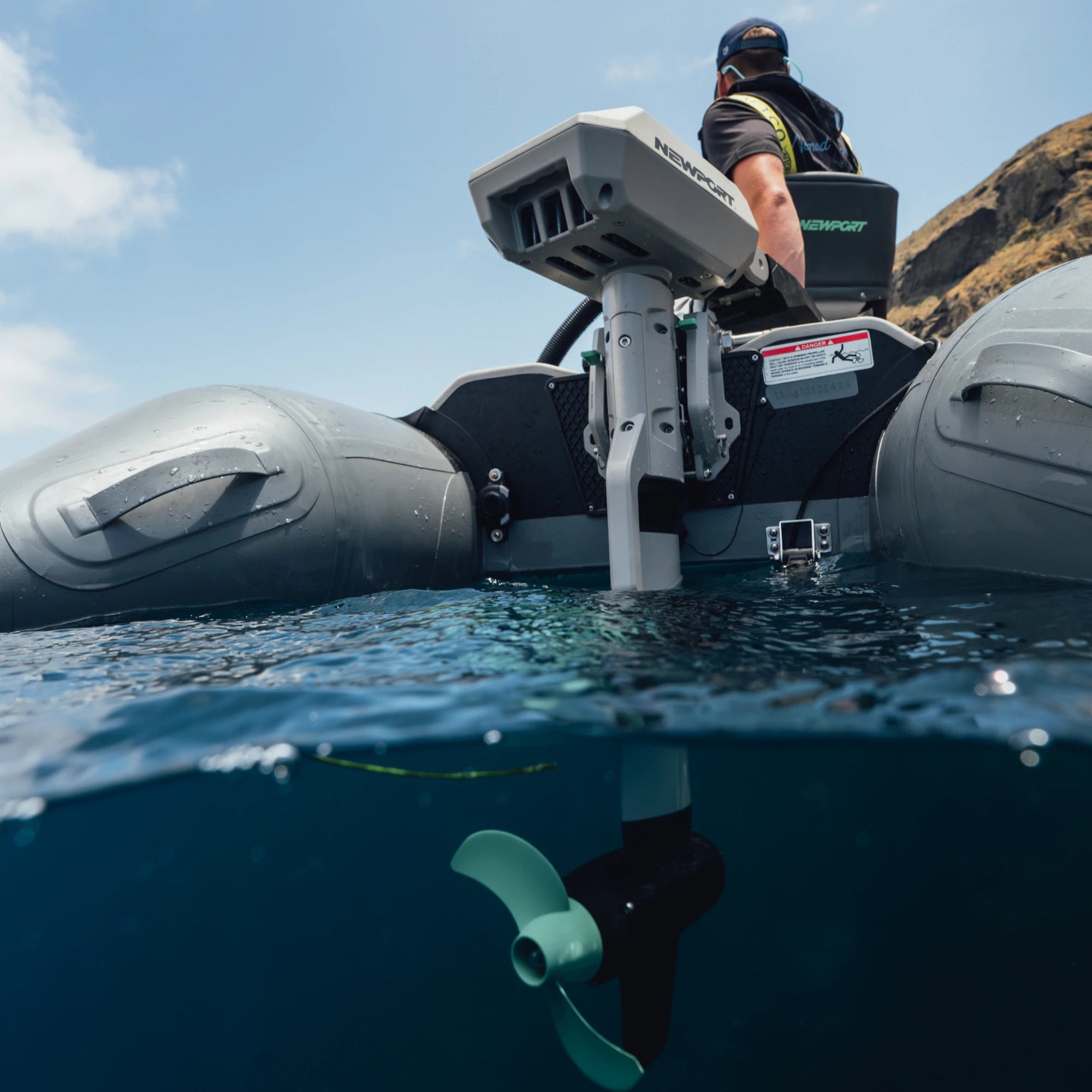
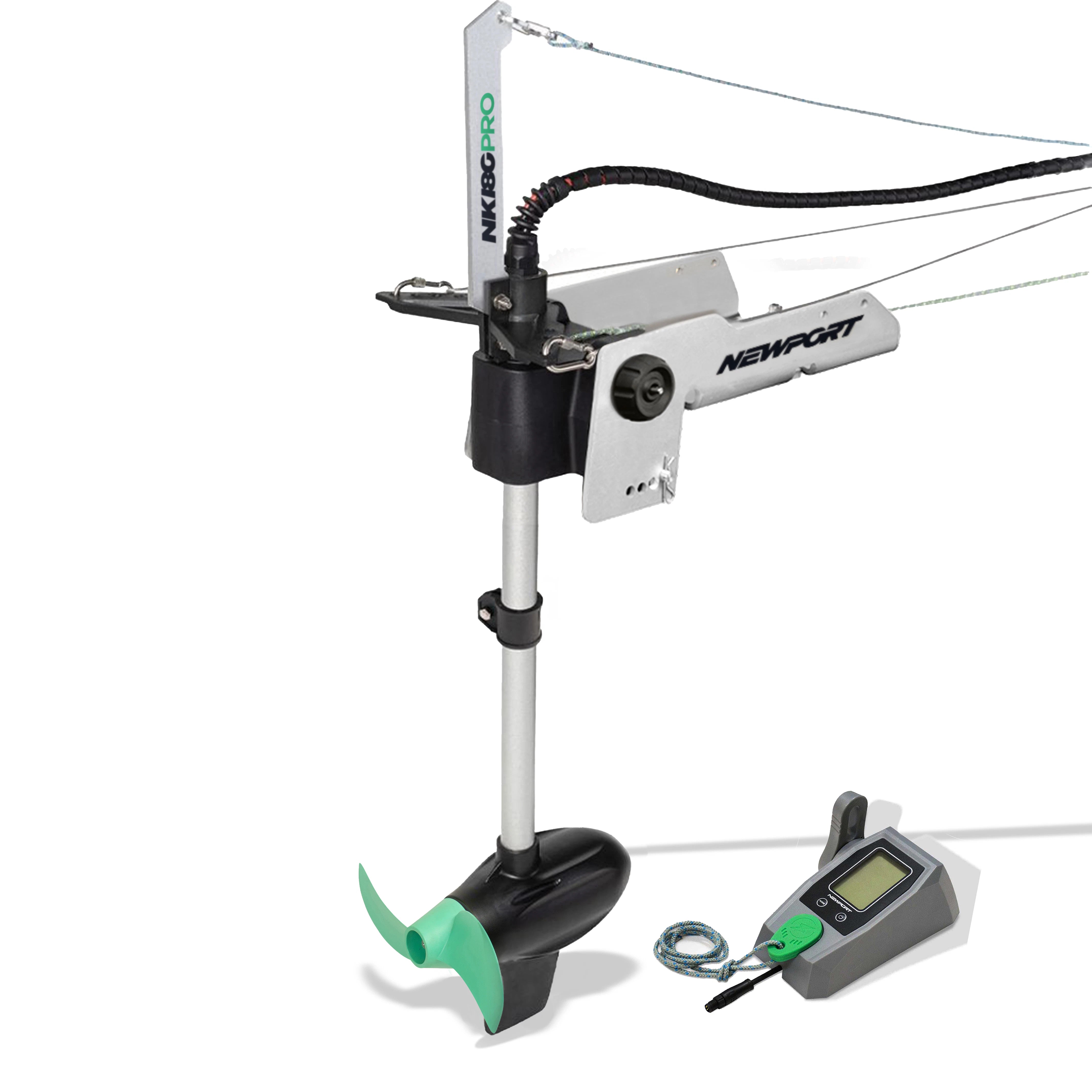
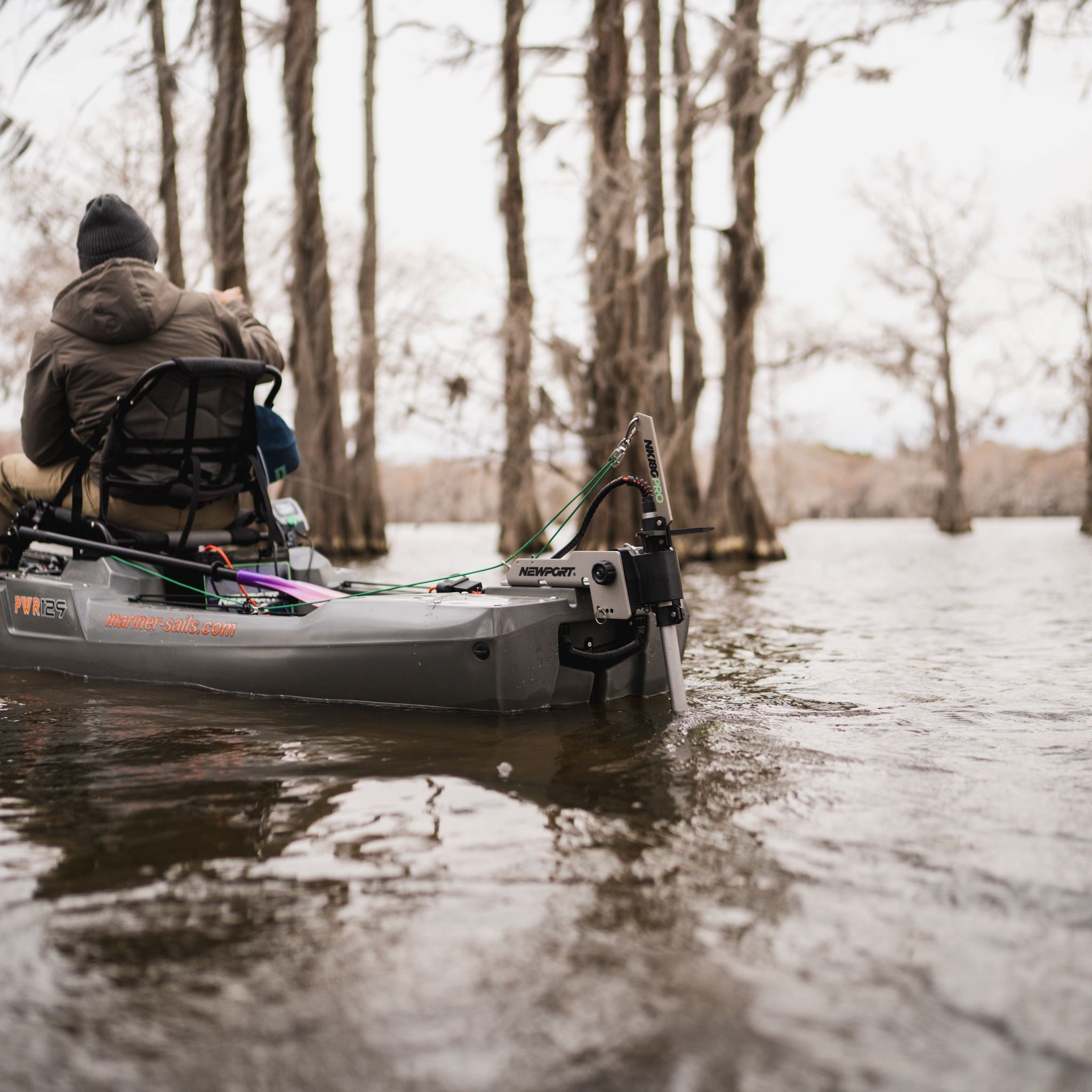
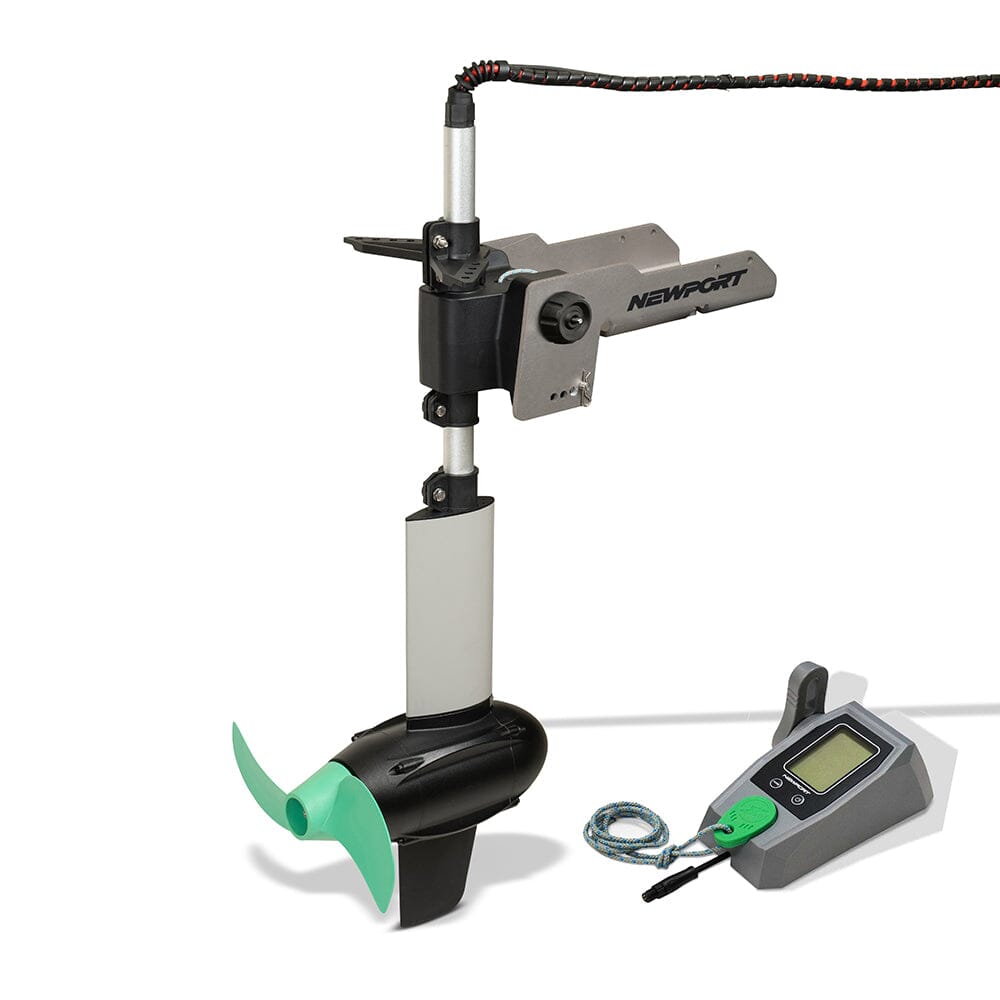
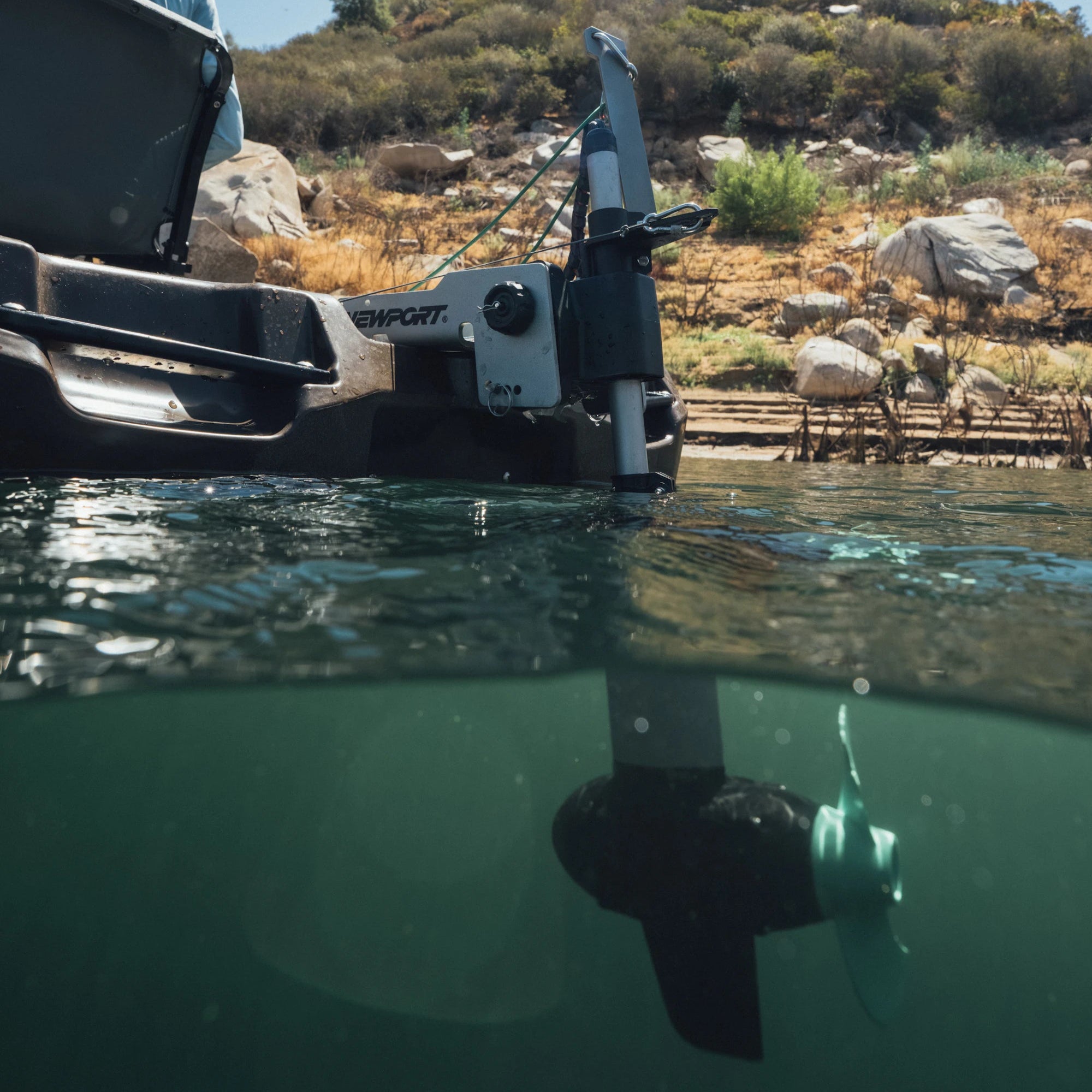
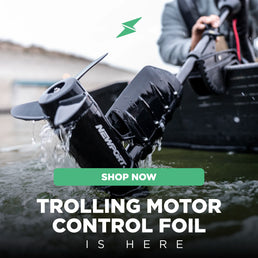



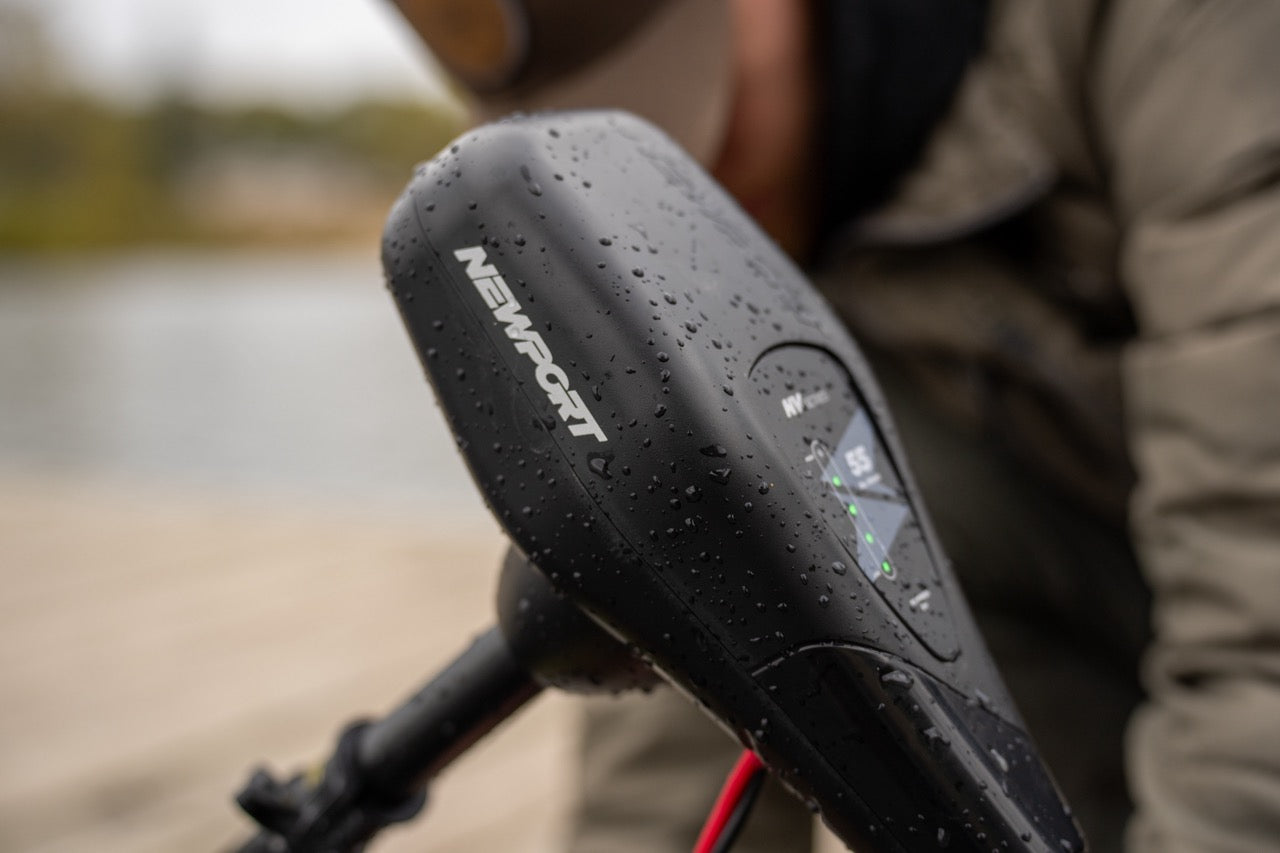
2 comments
To William Murray:
I deleted the loading coils in the nose of my 55 and the and control switch and replaced them with a 50A PWM unit connected to a potenciometer on the tiller arm. I get great speed control without wasting my lower speed power as heat through the load coils. I think Newport should ditch the load coils and switch for a PWM drive setup for sure.
I use both the 86 lb trolling motor and a 54lb motor for my Bris 14.1 ft. inflatable kayak. Do my own service and repair work. I noticed when using lower electrical power settings, a portion of the power is being sent to a resister system in the leading nose of the motor housing. It seems it will go as heat instead of creating torque in the armature. If this is the concept, would a PWM use not work better to adjust speed and at the varied settings consume all or most of the power being drained from the battery. A longer drain time could be achieved. What is your concept?
Leave a comment